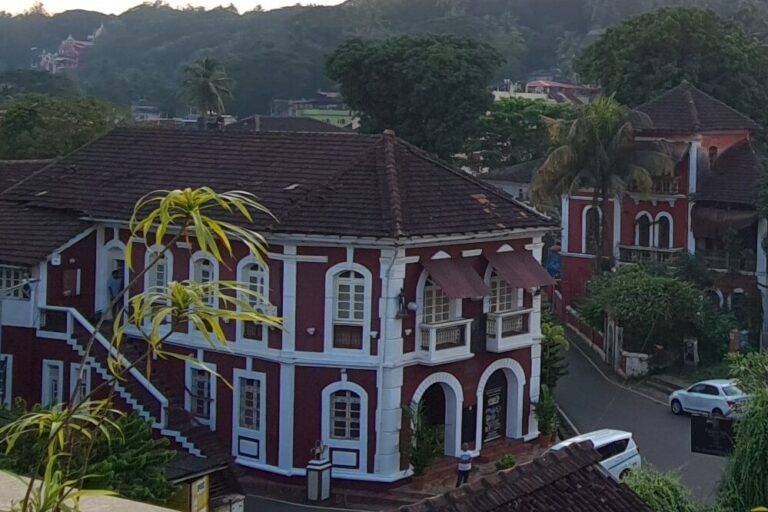By Neena Bhandari
Bharatpur, India 10.02.1997 (IPS): Dodging rockets in Afghanistan and poachers in Pakistan, three Siberian cranes — India’s most famous winged visitors — touched down last November at their winter home here in the Ramsar Wetland Site of Bharatpur in the western Indian state of Rajasthan.
The Siberian cranes or Grus Leucogeranus were the first since 1994 to make the perilous 6,000-km long journey from south of the Arctic Circle, through Central Asia to India. In the 1960s, at least 200 used to regularly winter in Bharatpur’s famed Keoladeo National Park, a UNESCO World Heritage Site.
The “Sibes”, as they are more commonly called, have been pushed close to the brink of extinction by the war in Afghanistan and trigger-happy hunters in Pakistan which enacted strict hunting laws only recently. Today, they are the third rarest of the world’s 15 species of cranes and the most endangered.
Now a team of Indian scientists with help from ornithologists abroad is trying to build up a population of captive-reared Sibes in Bharatpur. The aim: to introduce them to the visiting wild relatives who they hope will take them back to their breeding grounds in the basin of the river Kunowat in Siberia.
Last month, four chicks were air-freighted from the U.S-based International Crane Foundation (ICF) to Delhi, and then brought by road to Bharatpur, 150-km south of the Indian capital. They have been housed in pens made of wire mesh, close to where the wild Sibes are nesting, and will be released before their wild relatives take off north on their two-month-long return journey.
It will be the first time that Siberian cranes reared in captivity will be released in their wintering ground, and scientists will be also studying how they interact with the wild visitors.
If the decision was in their hands, they would have wanted the wild ‘Sibe’ couple to adopt the nine-month-old male chick, among the four that have come from the United States. And ‘Bahrami’, a 1995 hatched female, who is at an age where she would normally start to pair, should join the single male visitor on his return journey to Siberia. The remaining two, ‘Ayafat’ and ‘Annbur’, who were housed together at ICF, are likely to stay together.
“To expect these birds to take off with the wild ones will be like expecting a city-bred to a cross-country run with a villager,” laughs Shruti Sharma, field director of the Keoladeo National Park.
Her view is echoed by Dr Julie Langenberg, a veterinarian at the ICF, who has accompanied the birds to India. “The chances of these birds taking off with the wild cranes are very dim as the time is too short for effective integration and testing their flying abilities. If they were brought in earlier there would have been a better chance,” she said.
The three wild cranes arrived on November 16 last year, weeks before they were expected by the ornithologists in Bharatpur. Since the mid-1980s, the Sibes have been landing only in late- December or early-January.
Field director Sharma says the India Action Plan 1997 envisages a “soft release” of the four captive-reared Sibes, fitted with radio transmitters that can track them for two kms, for “public education and research purposes”.
“We will be putting up pictures of the cranes in village schools and in public places, so if they are sighted outside the bird sanctuary, the villagers will alert us,” she said. Research work, she said, will be carried out by the Bombay Natural History Society (BNHS) — an institution that has done pioneering work in ornithology in the Indian subcontinent, in close coordination with the Forest Department, which is in charge of India’s most-visited bird sanctuary.
“We will be monitoring their behaviour pattern and how they adapt to the harsh tropical summer. We will be doing a comparative study of their food utilisation habitat vis-a-vis the wild cranes,” Dr Vibhu Prakash of the BNHS said.
The cranes with their distinctive white plumage, pale yellow eyes and partly red beaks, are mostly vegetarian and opportunists, feeding on whatever is in abundance. Previous studies in Bharatpur have shown that they spend 70 percent of their time feeding.
While the Action Plan also calls for attaching PTTs (Platform Terminal Transmitter) to the visitors before they leave, permission for tracking has only been given for the single male, who is proving elusive as he roosts with hundreds of pelicans and other ducks in the park. “It would have been easier to catch the pair,” said Ali Hussein, who is a professional bird trapper.
By fixing transmitters, ornithologists would be able to study the alternative wintering areas of the birds within India and the migratory route. The Siberian cranes begin their two-month journey south before the onset of autumn. They fly through Kazakhstan, Uzbekistan, Turkmenistan into Afghanistan, where they are known to stop around Lake Ab-i-Estada, in Ghazni province of Afghanistan, even during their return journey in the spring.
They used to migrate in flocks. Those from the east of the breeding grounds spent the summer in China, the western flocks flew to Iran and the central flocks to India. But migratory patterns have been disturbed by large-scale destruction of wetland habitats enroute.
India has signed a Memorandum of Understanding for Siberian crane protection with the other crane-range countries, Iran, Pakistan, Russia, Afghanistan, Azerbaijan, Kazakhstan, Turkmenistan and Uzbekistan. At a meeting in November last year, they endorsed the Action Plan that India has begun implementing in Bharatpur.
© Copyright Neena Bhandari. All rights reserved. Republication, copying or using information from neenabhandari.com content is expressly prohibited without the permission of the writer and the media outlet syndicating or publishing the article.



